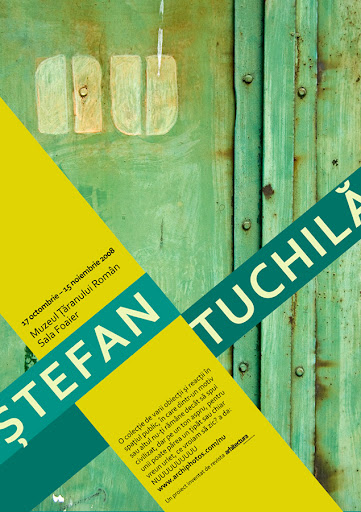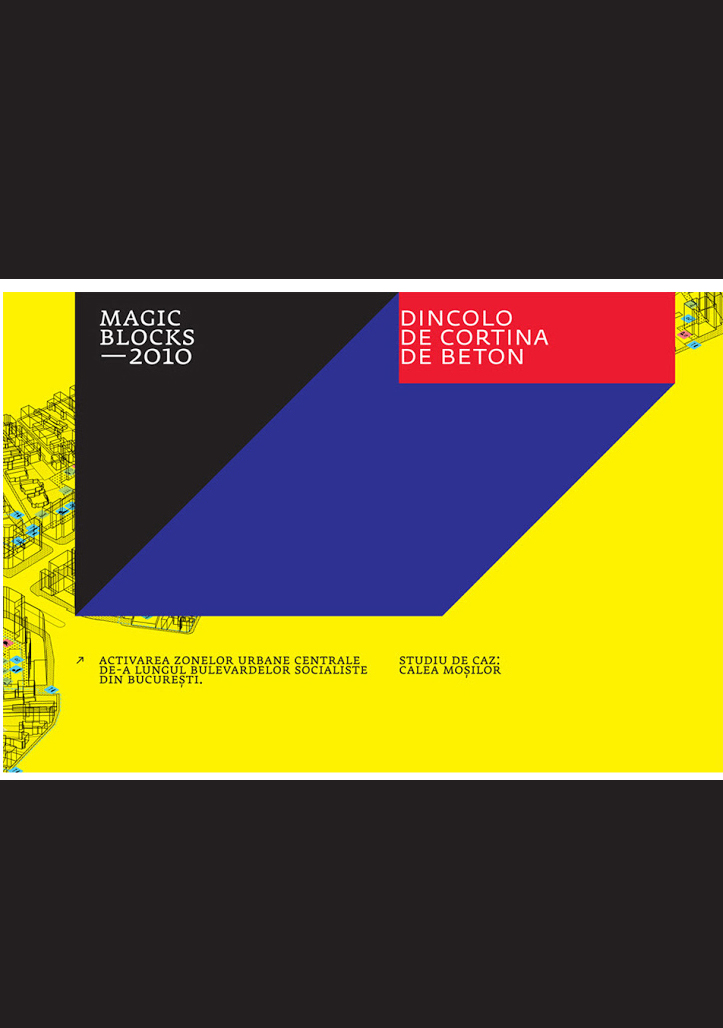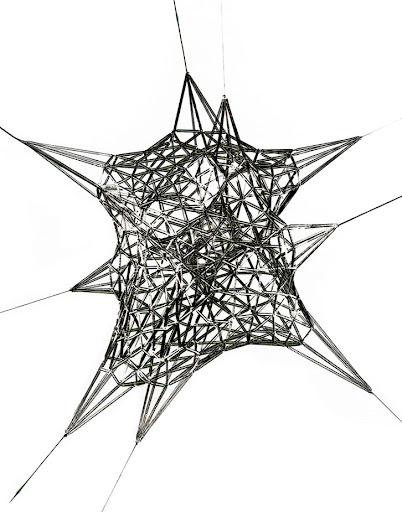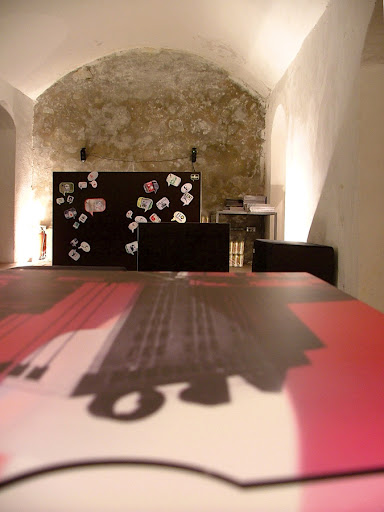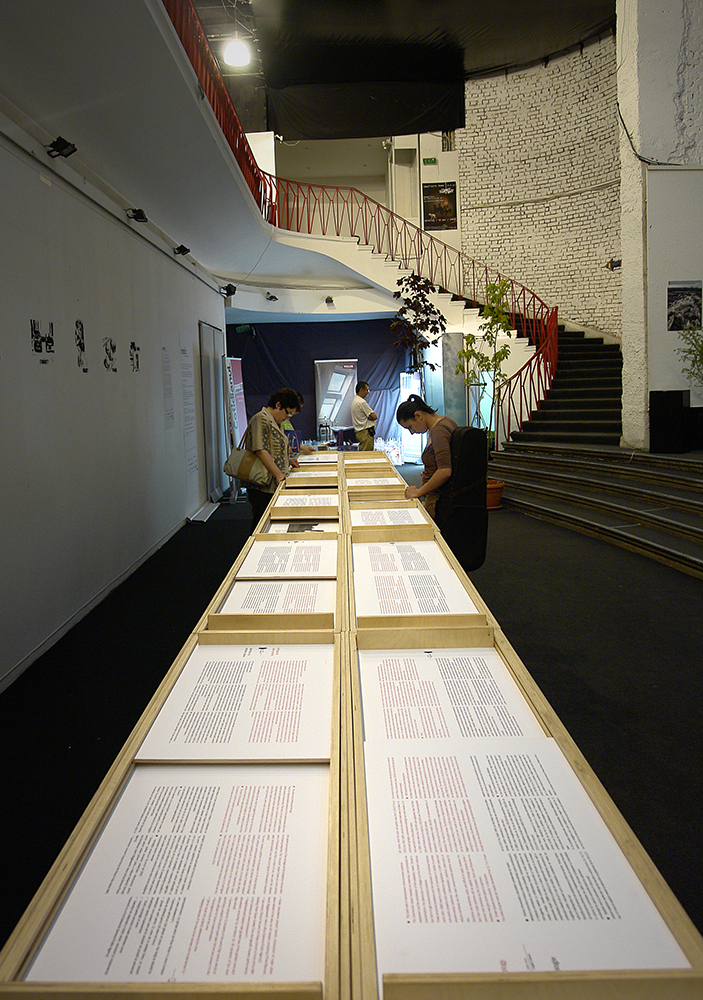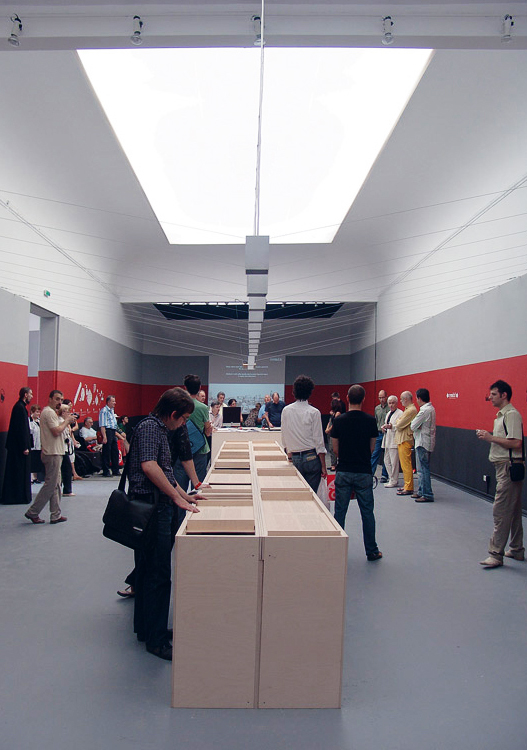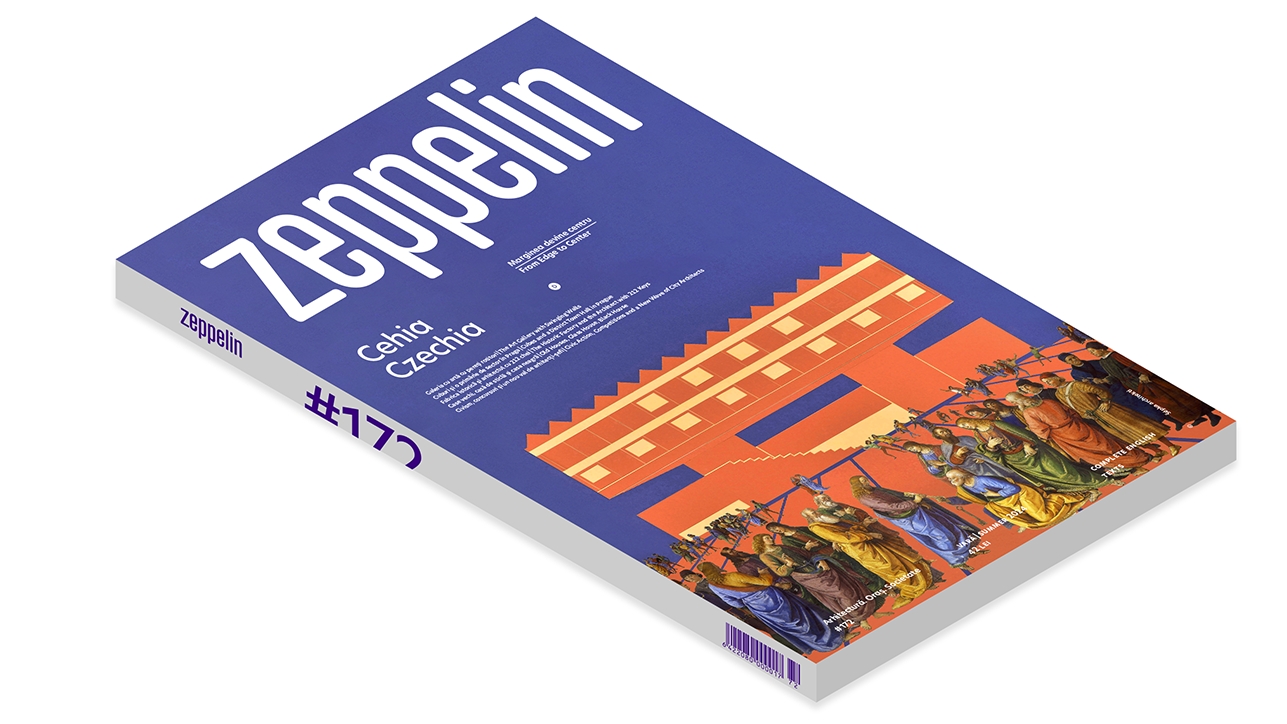photo installation by Ştefan Tuchilă
17 Oct. – 15 Nov. 2008, Museum of Romanian Peasant (Foyer), Bucharest
The project outlined, through the photo installation proposed by Ştefan Tuchilă, in a deliberately challenging, almost polemic, action the current Romanian urban background to its basics: the conflict between the city and those who populate it.

